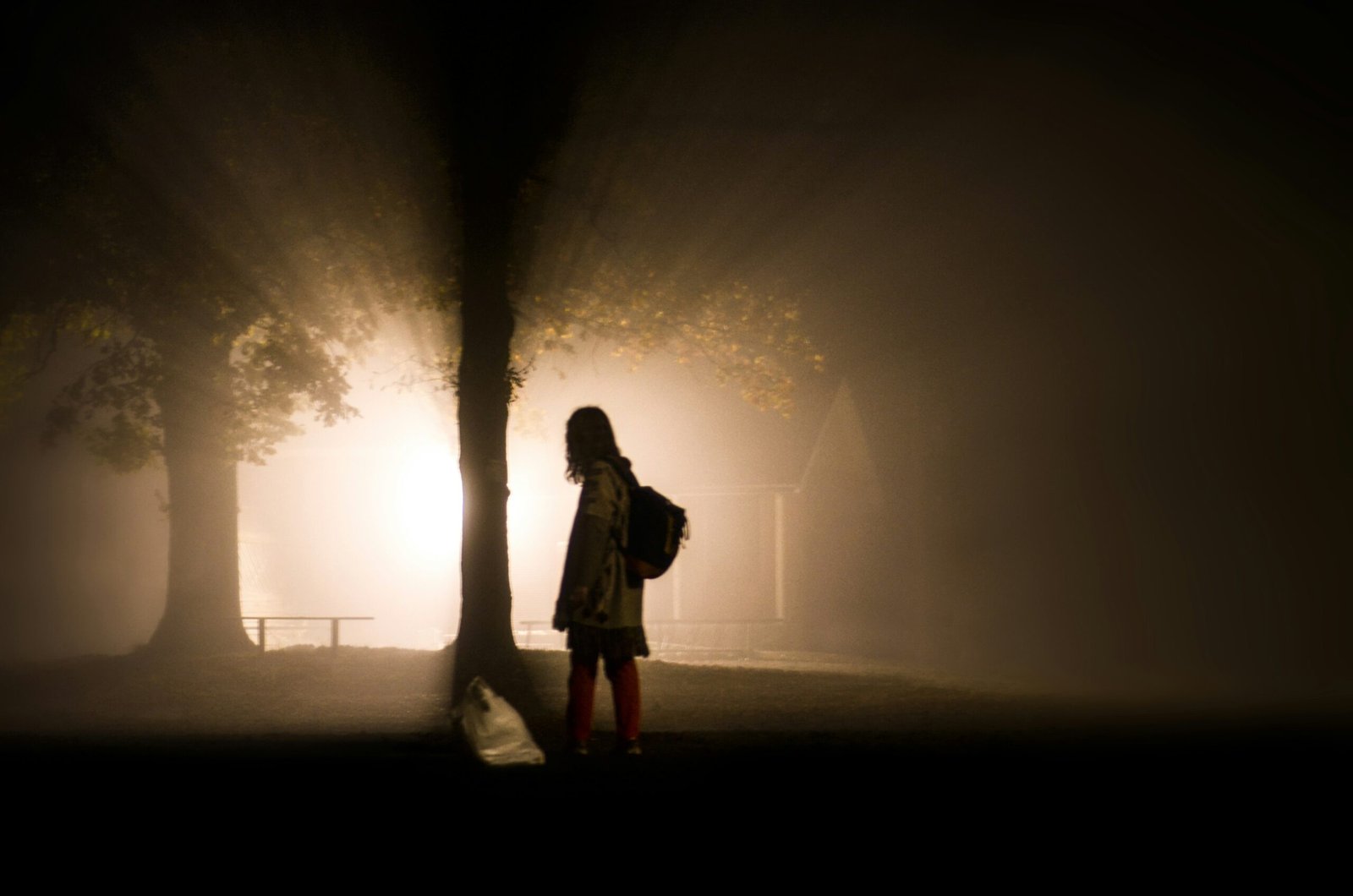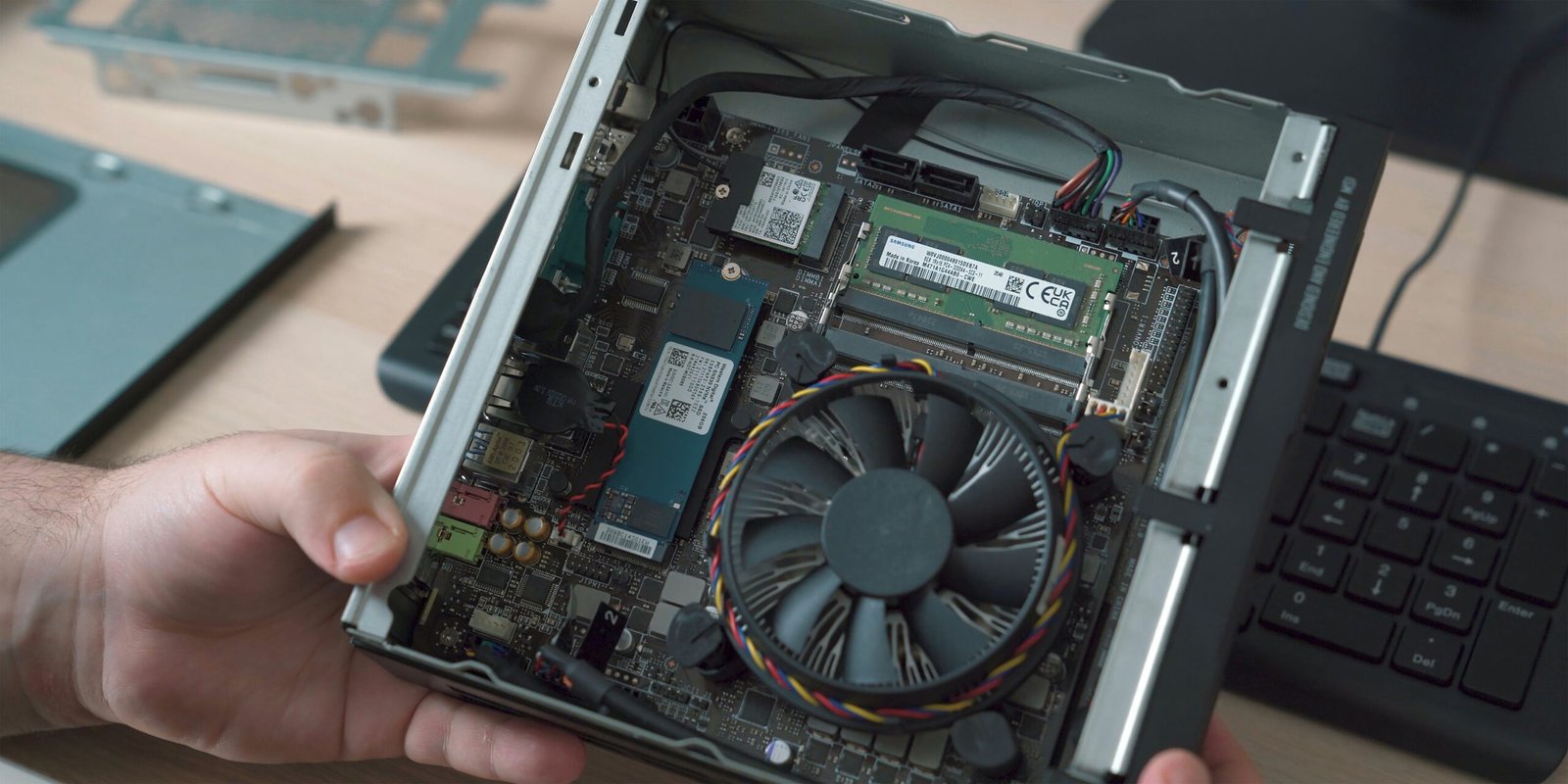Choosing the Right Uniformly Diffused Light Plate Source for TV Backlighting
Understanding TV Backlighting
Backlighting plays a crucial role in the overall viewing experience of televisions, significantly impacting aspects such as contrast, brightness, and color accuracy. By illuminating the screen from behind or around the edges, backlighting enhances the visual impact of the displayed content, making scenes more vibrant and realistic. Without effective backlighting, viewers may experience muted colors and poor visibility, which diminishes the enjoyment of watching movies, television shows, or playing video games.
There are several backlighting technologies available in modern televisions, each providing distinct levels of performance. Edge-lit displays utilize LEDs along the edges of the screen to create brightness across the panel. Although this method is cost-effective and leads to thinner designs, it can sometimes result in uneven lighting and less impressive contrast, especially in darker scenes. On the other hand, direct-lit TVs employ a grid of LEDs positioned directly behind the display to provide more uniform lighting and improved contrast ratios. This technology generally delivers a better performance in terms of both brightness and color precision, catering to those who value a high-quality viewing experience.
Another significant category is OLED (Organic Light Emitting Diode) technology, which offers individual pixel illumination. Each pixel can turn off completely to achieve true blacks, thereby enhancing the overall contrast of images on-screen. This technology provides exceptional color accuracy and depth, making it a popular choice among videophiles and gamers alike.
Despite the advantages offered by these backlighting technologies, uniformly diffused light sources are essential for optimal performance. These sources help distribute light evenly across the screen, reducing glare and ensuring that colors appear consistent regardless of the viewing angle. As such, selecting the right uniformly diffused light plate source can significantly enhance the effectiveness of any chosen backlighting technology, ultimately enriching the viewing experience on televisions.
Properties of Uniformly Diffused Light Plates
Uniformly diffused light plates are essential components in modern television backlighting systems, primarily due to their ability to create an even and pleasing illumination. One of the primary characteristics of these plates is their proficiency in light diffusion. Essentially, light diffusion refers to the process of scattering light beams so that they distribute evenly across a surface. By employing materials engineered for optimal diffusion, manufacturers can significantly reduce glare while promoting consistent brightness across the display area.
Another key property to consider is color temperature consistency. Light plates should ideally maintain a uniform color temperature throughout their coverage area. This consistency is vital for applications where an accurate and natural color representation is essential, such as in graphic design or photography. Uniformly diffused light plates can help achieve this by minimizing variation in hue and intensity, thus ensuring that the colors appear true to life regardless of the viewing angle.
The viewing angle is also critical when assessing the properties of light diffusion plates. A broad viewing angle ensures that viewers experience consistent light quality and color depth from various positions in a room. By utilizing materials that excel in providing wide-angle diffusion, manufacturers can create light plates that enhance the viewing experience, making it inclusive for all audiences, irrespective of their seating position.
Moreover, selecting the right materials can be influential in minimizing the appearance of hotspots, which cause uneven lighting and can detract from the overall viewing experience. Comparing different diffusion materials reveals varying effects on light transmission and quality. For instance, materials such as acrylic or polycarbonate sheets can offer superior light transmission while maintaining high levels of diffusion. Therefore, choosing the appropriate uniformly diffused light plates requires careful consideration of these properties to ensure optimal performance in TV backlighting applications.
Criteria for Selection
When selecting a uniformly diffused light plate source for TV backlighting, several essential criteria must be taken into account to ensure optimal performance and compatibility with your existing setup. One of the primary considerations is the thickness of the light plate. A thinner plate may be more aesthetically pleasing and fit seamlessly behind the television, while a thicker one might provide better diffusion but could be more cumbersome to install.
In addition to thickness, the size of the uniformly diffused light plate is another vital factor. It should be appropriately sized to fit your television without overpowering it. A correctly sized plate will ensure even light distribution around your TV, enhancing the viewing experience without causing excessive glare or shadowing. Compatibility with the existing TV hardware also plays a crucial role; it is essential to ensure that the light plate can effectively integrate with the TV mount or stand.
Ease of installation is another criterion that cannot be overlooked. A light plate that is simple to install will save you time and effort. Many options come with adhesive backing or mounting brackets that facilitate a hassle-free setup. Furthermore, energy efficiency is an increasingly important consideration in today’s eco-conscious world. Choosing a light source that consumes less energy while providing adequate brightness will not only reduce electricity bills but also contribute positively to the environment.
Moreover, durability and cost-effectiveness are significant factors to evaluate. A durable uniformly diffused light plate will withstand the test of time, making it a worthwhile investment. Lastly, considering the overall price is crucial; it is advisable to compare options and assess their value relative to the features they offer. By weighing these factors carefully, you can make an informed decision that meets your specific requirements for TV backlighting.
Integrating Diffused Light Plates into Your TV Setup
Integrating a uniformly diffused light plate into your television setup can substantially enhance your viewing experience. To start, ensuring proper installation is crucial. Begin by selecting an appropriate location for the light plate, ideally, a space that allows even distribution of light without interference from external light sources. Use a measuring tape to mark the proposed areas for mounting the light plates, making sure they are level to avoid any uneven lighting effects.
Wiring considerations play a vital role in the successful integration of a light plate system. Ensure that you have the necessary wiring kits and connectors that match both the light plates and your television. When routing the wires, try to keep them organized, possibly hiding them behind furniture or using cable management solutions, which helps in maintaining a clean aesthetic. Be careful with the voltage and current ratings to prevent any electrical issues; always refer to the manufacturer’s guidelines to ensure compatibility.
Proper alignment of the diffused light plate is essential for optimal performance. Position the plates at a suitable distance from the TV screen to eliminate glare while providing a soft halo effect. It’s generally recommended to place the plates about 2-3 inches behind the TV. Meanwhile, adjusting the diffusion settings will allow you to achieve the desired brightness and color temperature tailored to your environment. Most systems feature dimming options or color controls; utilize these features to create an immersive ambiance based on your preferences.
In case of any issues, such as flickering, first check connections and ensure that all devices are powered correctly. Periodic maintenance, including cleaning the light plate and checking for wear on wires, will prolong your backlight setup’s lifespan. Regular inspections will help in identifying potential problems before they escalate, ensuring you can enjoy a beautifully lit screen for years to come.







